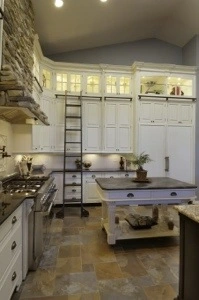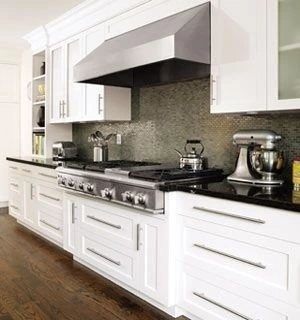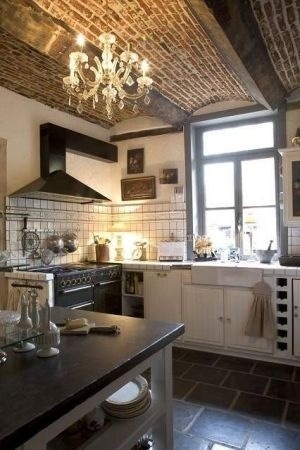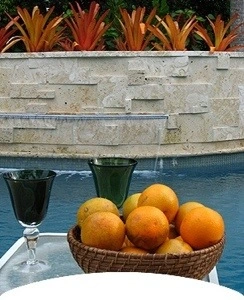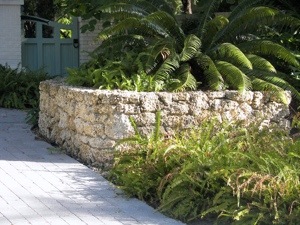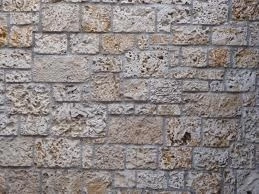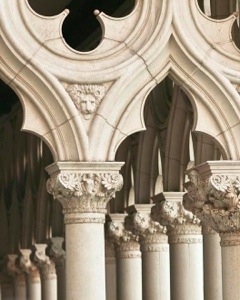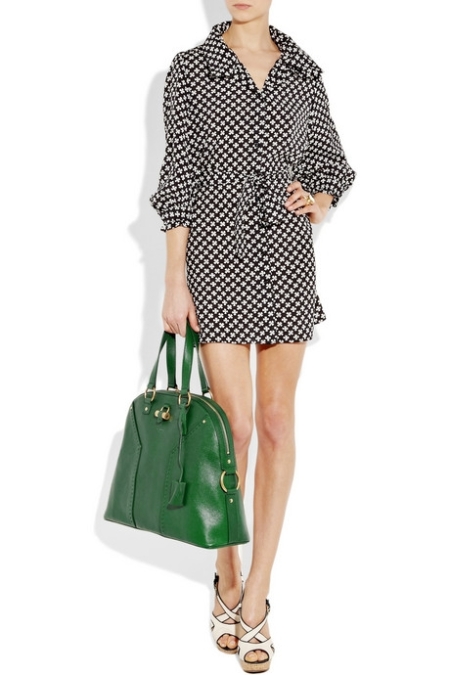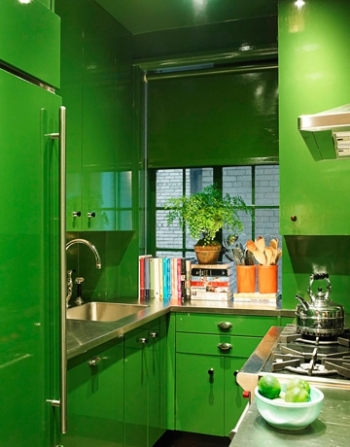It’s hard to top the $55 million price tag of a new Miami penthouse — or its extravagant floor plan.
But the home’s cantilevered glass swimming pool, which appears to dangle from its 47th floor perch above Sunny Isles Beach at the Mansions at Acqualina, is giving the penthouse itself a run for its money.
In fact, just thinking about swimming in a glass-bottom pool with this view is making us feel a little faint. (Remember the one in Shanghai? Crazy.)
But some of that may be sticker shock. Billing itself as “the world’s finest penthouse,” Acqualina’s two-story Palazzo D’Oro (Palace of Gold) comes with just about every amenity and luxury furnishing imaginable: a pivoting wall entry, private sky-garden with a living wall, a 25-foot water fall, leather walls, maple paneling with inlay, a second reflecting pool that extends into the living room, a hydrotherapy area, and beyond.
Then there’s the staggering breadth of this place: 6 bedrooms and 9 bathrooms on two floors form a 15,500-square foot home with another 5,000 square feet of terrace with both ocean and city views — there’s even a dining terrace, in case the regular dining room and standard patio furniture just aren’t enough. Not to mention a terrace that’s just for the theatre room.
Curbed Miami reports that Palazzo D’Oro is the second most expensive listing in Miami overall, second only to the former Versace mansion, Casa Casuarina.
Author Archives: lcrsperspectives
5th Annual FNGLA & ASLA Landscape Architect Bus Tour
Join us. If you are a landscape architect please join us at Books and Books Coral Gables at 8:00 am on 3-15-13 for the 5th Landscape Architect Annual Bus Tour. CEUs will be provided. Guava smoked chicken at Pine Island Nursery.
Tour moderated by: Gustavo Santana of AECOM, Allyson Humphries of Larry’s Cap Rock and Stone & Sylvia Gordon of Landscapes by Sylvia Gordon
More details are forthcoming. Seats are limited. RSVP to: allyson@larryscaprockandstone.com
Raymond Jungles
Raymond Jungles was just named as a new member of the stewardship council of The Cultural Landscape Foundation on December 21, 2012.
The Cultural Landscape Foundation (TCLF) is the only not-for-profit (501c3) foundation in America dedicated to increasing the public’s awareness and understanding of the importance and irreplaceable legacy of its cultural landscapes.
Through education, technical assistance, and outreach, we broaden awareness of and support for historic landscapes nationwide in hopes of saving this diverse and priceless heritage for future generations. While TCLF seeks donations to support its efforts, it is not a membership organization.
Raymond Jungles, FASLA, RLA, founded his landscape architecture firm soon after graduating with honors from the University of Florida in 1981. While attending college, he was introduced to the work of Brazilian artist and landscape architect Roberto Burle Marx, whose book Tropical Gardens of Roberto Burle Marx, opened his eyes to the poetry of landscape design.
Mr. Jungles has thirty-one years of experience in the study and practice of landscape architecture. His passion for design and broad base of knowledge informs each and every project, from concept to completion. His past projects include 1111 Lincoln Road, an award-winning urban plaza in Miami Beach, Florida, the Brazilian Garden at Naples Botanical Garden in Naples, Florida, as well as many resort and private residential gardens in Florida, Antigua, Anguilla, the Bahamas, British Virgin Islands, China, Costa Rica, Mexico, Panama and St. Kitts and Nevis.
Work by Mr. Jungles has been featured in publications such as The Wall Street Journal, The New York Times, Vanity Fair, Architectural Digest, Ocean Drive, House Beautiful, Coastal Living and Garden Design, as well as his two monographs titled Ten Landscapes and The Colors of Nature: Subtropical Gardens by Raymond Jungles. He has served on multiple design and awards juries and has won noteworthy professional recognitions including professional design awards from the Florida and National Chapters of the ASLA.
Congrats Raymond.
Kitchens
While the husband is away, the inner designer will play… Or at least in my dreams.
I desperately want to change the Mexican Saltillo tile in my kitchen, so I started obsessing about kitchens and stone on Pinterest. Here are some of the beauties I found for inspiration.
The hubby better hurry home before I whip out the checkbook.
Unlicensed & Uninsured Not Worth Risk
Hiring a contractor who is not bonded, insured and licensed if applicable is a risk you don’t want to take.
Contractors should carry two types of insurance: liability and workman compensation. As a homeowner these protect you in 2 ways. First, liability will protect you if the contractor causes damage to your home. What if the contractor has an employee injures on your property? If he or she doesn’t have workmans compensation, there is little likelihood your homeowners policy will.
Bonding is often confused for insurance but there is a notable difference. A bond is a guarantee that the contractor will perform the work. It is secured money which will be given to the homeowner in the event the contractor failed to perform the work.
Finally you want make to sure your contractor holds the appropriate licensing if its needed. Licensing offers proof that the contractor has met certain industry training standards.
Columns
I drove by the Viceroy hotel in Miami this week and noticed the odd “Easter Island inspired” architectural columns, inspired by The Related Group’s founder and CEO Jorge Perez.
Then I fed my Pinterest addiction. I noticed David Bromstad of HGTV’s Design Star pins related to columns.
Both led me to share the following pictures. We can create almost any of these beautiful works of art in stone.
Inflation is stealing construction spending and profits.
By Larry Stewart
There’s not much talk about inflation related to the general economy, but rising costs have been eroding the construction spending much more insidiously.
Highway and bridge project costs have significantly outpaced general inflation (the Consumer Price Index) for most of the past decade, and will be up 2 to 4 percent again this year.
Alison Premo Black, chief economist with the American Road & Transportation Builders Association, says the differential is unlikely to change as the world economy recovers and drives disproportionate demand for energy, steel, cement and other construction materials.
Ken Simonson, chief economist at the Associated General Contractors forecasts construction materials costs to continue to grow between 2013 and 2017 at 3 to 8 percent rates, compared to 2- to 3-percent CPI growth. The Employment Cost Index is also expected to rise 1.5 to 2.5 percent.
Simonson forecasts bid prices will grow at 2 to 5 percent rates through 2017.
Winning bids for highway construction projects, tracked by the Federal Highway Administration’s National Highway Construction Cost Index, are rising from a late-recession dip, and have yet to regain their March 2009 levels. The producer price index for office buildings has done a little better, just regaining 2009 levels.
When you adjusted federal spending amounts for inflation, it has grown only a couple billion since 1998; perhaps not surprising given that the Highway Trust Fund has been funded at the same rate since 1993.
Inflation in construction materials costs is being driven by rising diesel prices, and intermittent sharp increases in steel, copper and gypsum-products prices.
Winning profitable contracts has never been so dependent on knowing your costs
Emerald Green – Pantone Color Of 2013 – Adapted from Charles Luck
Whether it’s the sign of youth, vitality or (gasp) economic growth, it is official: Emerald Green is the tone color of 2013. For the past few months, we’ve already seen Hollywood’s elite donning the daring color, and we’ll certainly be seeing more of it in the year to come. And we here at Larry’s Cap Rock & Stone are just fine with that! A vibrant, luscious color, Emerald Green speaks volumes. It is a bold choice and one that highlights beautiful eyes, just as well as the beautiful bones of an old home. Let’s be honest, who doesn’t like emeralds?
This sophisticated shade lends itself perfectly to everything from high fashion to interior design. Bathe your walls in this fertile tint and they’re instantly très chic. Want to really wow them? Take a cue from Miles Redd and make it lacquer! Highlight walls with bold black trim or gold accessories. And if fashion is your forte, use this color lavishly with patent leather accessories or a stunning silk gown. Graze over these green inspirations to fuel your verdant vision!
2012 in review
The WordPress.com stats helper monkeys prepared a 2012 annual report for this blog.
Here’s an excerpt:
600 people reached the top of Mt. Everest in 2012. This blog got about 6,200 views in 2012. If every person who reached the top of Mt. Everest viewed this blog, it would have taken 10 years to get that many views.
Grout – Why Its Important – Adapted From Materials Marketing
According to the omniscient Wikipedia, grout is defined as , “a construction material used to embed rebar in masonry walls, connect sections of pre-cast concrete, fill voids, and seal joints (like those between tiles). Grout is generally composed of a mixture of water, cement, sand, often color tint, and sometimes fine gravel (if it is being used to fill the cores of cement blocks). It is applied as a thick emulsion and hardens over time, much like its close relative mortar.” With that said, let’s discuss what the homeowner needs to understand about grout.
Typically, the end user will see grout as the “stuff between” the tile or stone. But a deeper dive is required. In general, the homeowner will encounter either sanded or unsanded grout. As a normal rule, the wider the joint the more likely that sanded grout will be used and conversely the thinner the joint the more likely that unsanded grout will be used to fill the joint area. The grout joint is of course the “space” between the tiles or stones.
The color of the grout is very important for the user to consider. In the absence of a color additive, the grout would be more or less a fairly dull grey. Today’s clients demand more color options and they abound. But please be careful. Some colorants can be simply too unstable and instead of getting the Fuchsia you were expecting you might find a blotchy mess with unacceptable color variations through-out. So at the risk of sounding too old school, you might want to stick to more neutral tones such as cream colors, beige/brown values and variations on the grey. A superb source for grout is our good friends at Custom Building Products.
Another significant consideration is the contrast between the grout color and the color of the tile or stone. In most cases, the still moist grout is “smeared” across the entire surface of the tile or stone in order to fill the open joints before the mixture cures or hardens. So in a perfect world, a cream colored grout over a cream colored tile or stone would be really simple and easy. Now imagine if someone has a black/white combination in mind. They could be thinking of a black grout joint and a white tile for example. This can be accomplished by a fine professional but is probably not the best idea on a regular basis since in the installation process that black grout might remain as a haze over the white tile. So be careful with this design concept.





